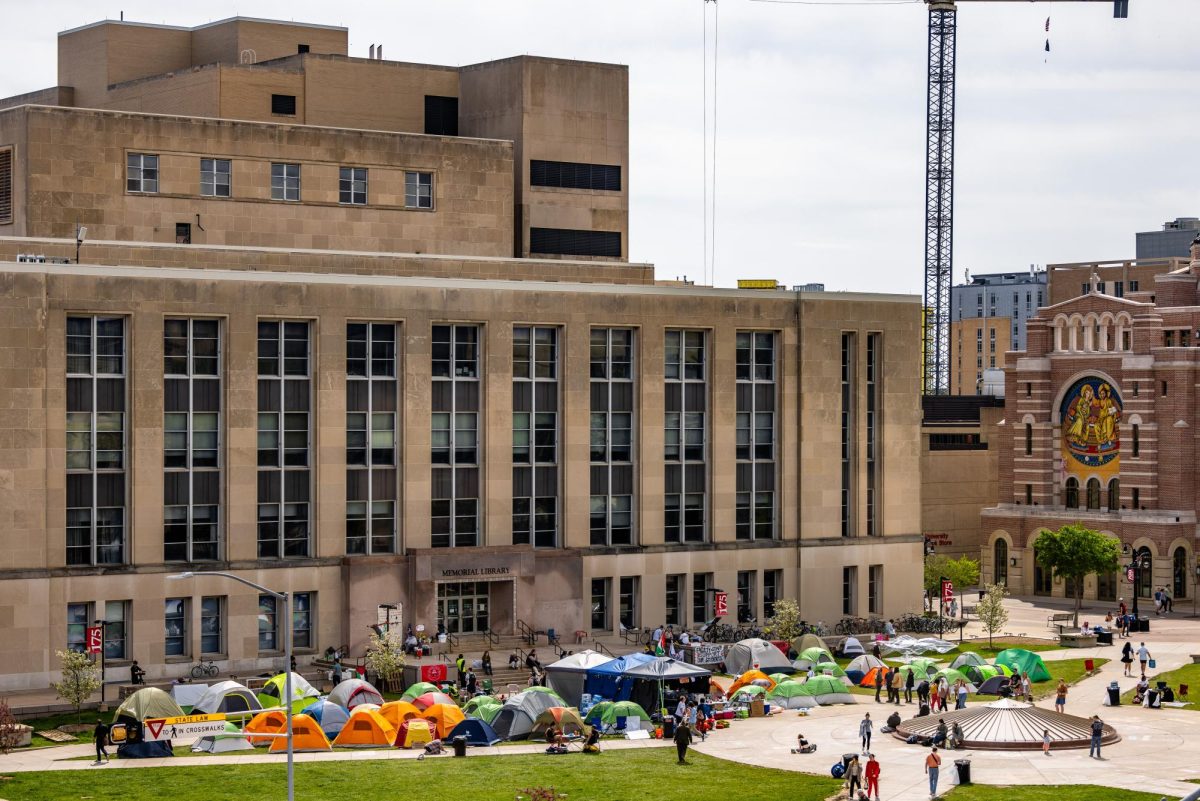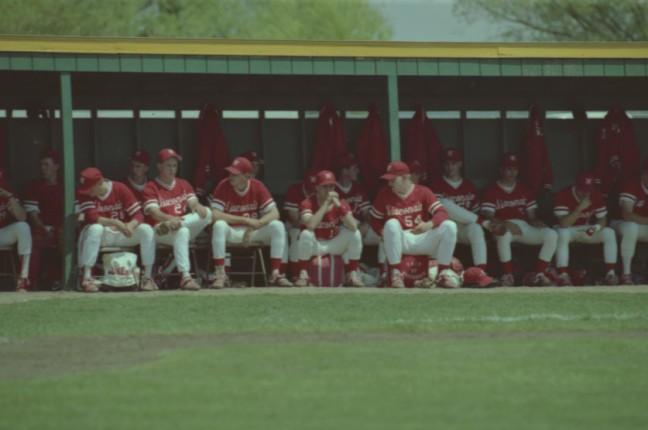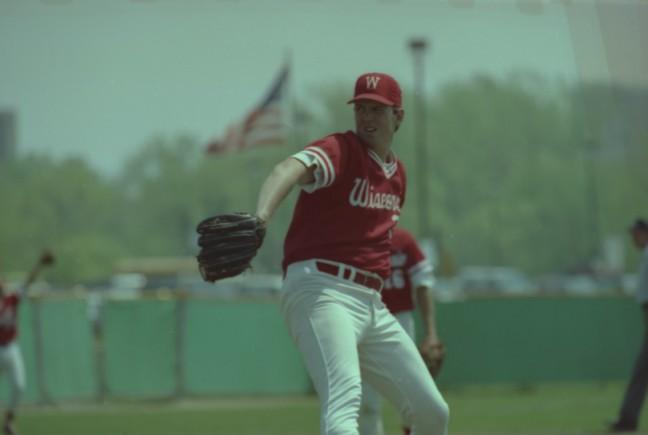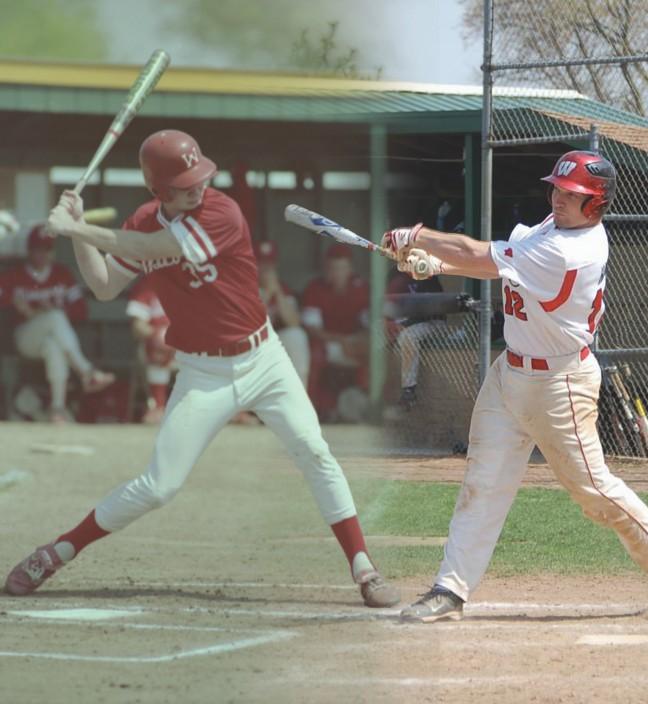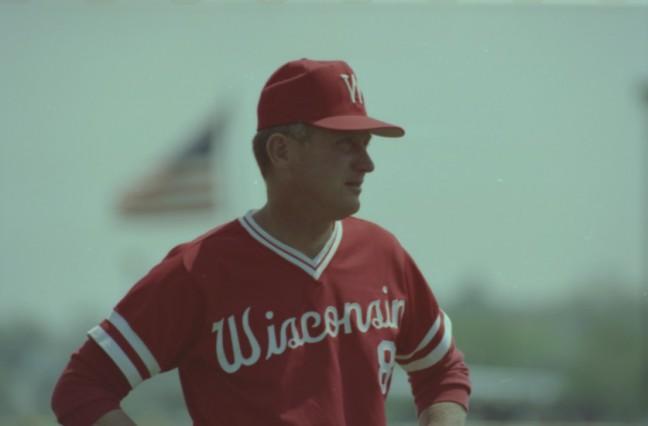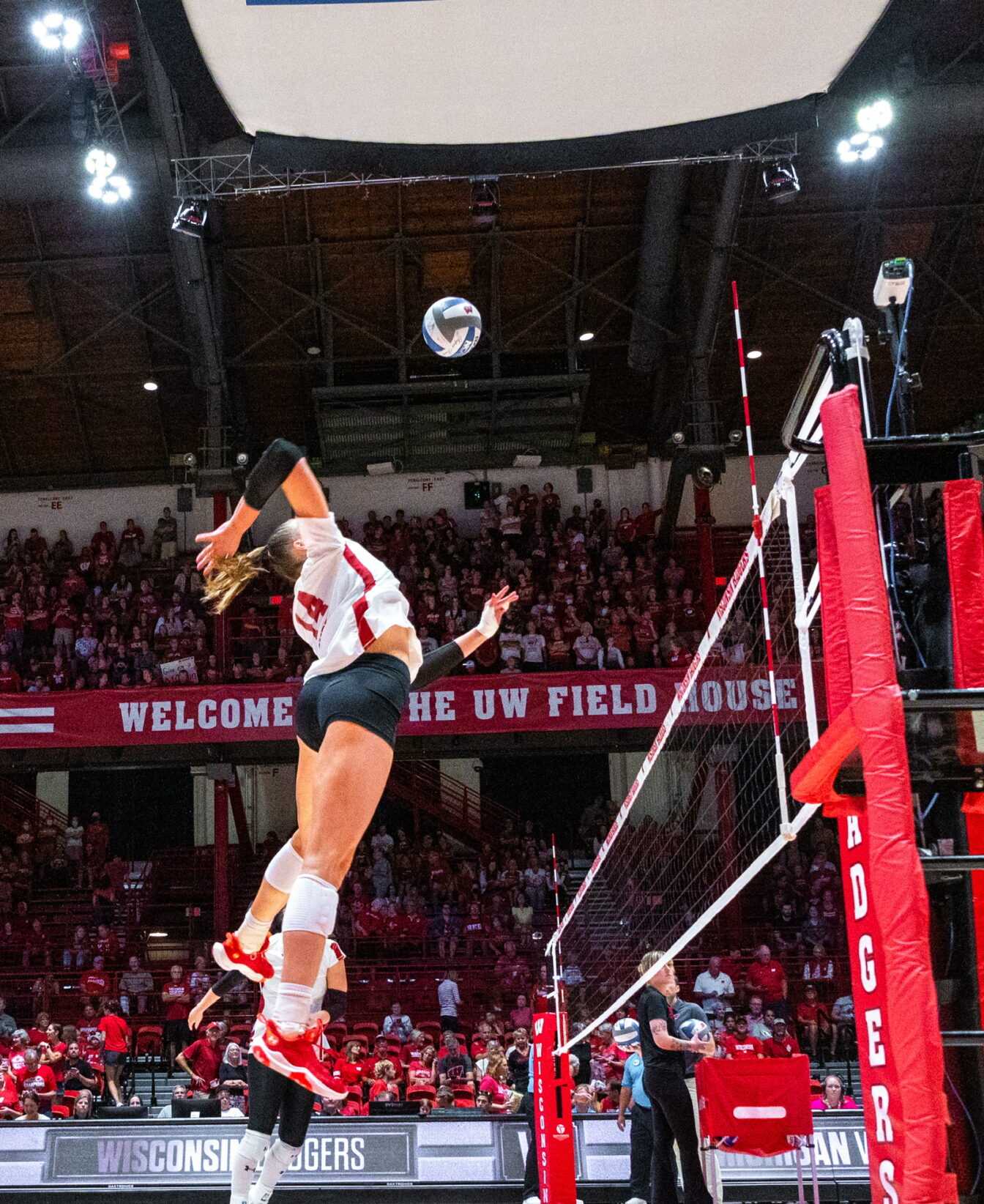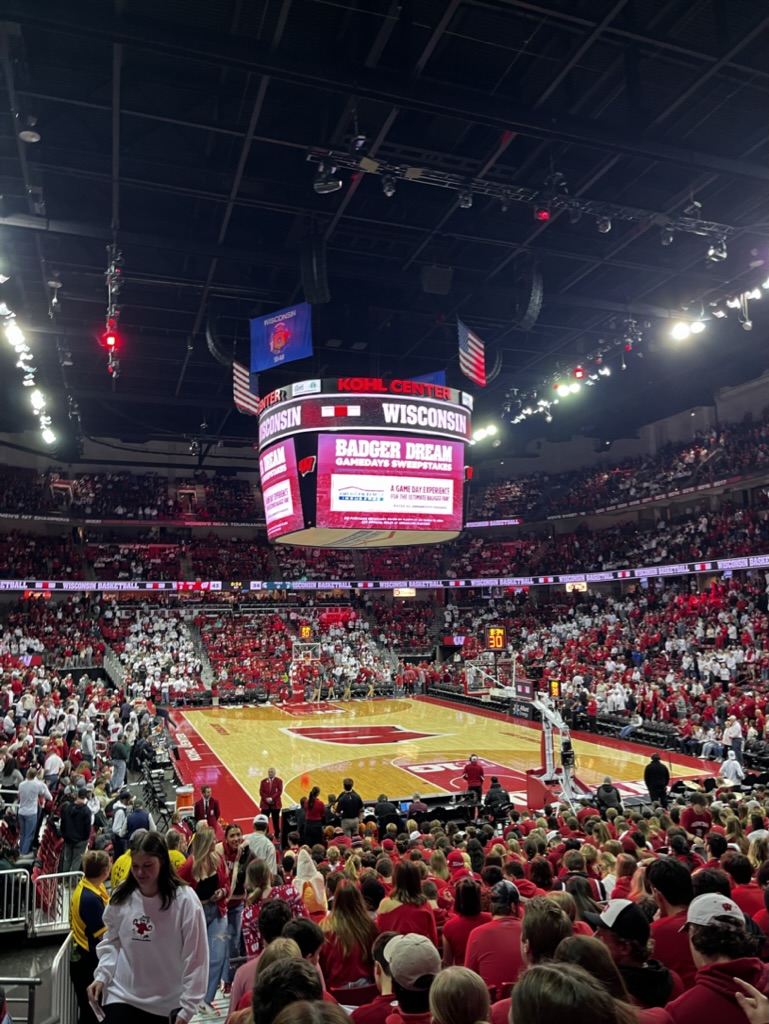An unprecedented crowd of 1,200 fans packed Guy Lowman Field on a Friday in early May of 1991, but it was for all the wrong reasons.
The University of Wisconsin varsity baseball team split its doubleheader with Purdue that afternoon, with a 1-0 loss in the night cap putting the finishing touches on a season that saw the Badgers win just 16 games while compiling 36 losses.
But it wasn’t just another subpar season ending when John Vanden Heuvel’s fly ball was caught for the final out at 5:32 p.m. on May 10. Instead, more than a century’s worth of history of UW varsity baseball came screeching to a halt.
America’s national pastime was one of the first organized sports on UW’s campus, even older than football. The first baseball game was April 30, 1870.
But 19 days before the final game, 121 years after the first game, the Wisconsin athletic board had voted 10-7 to cut baseball, along with four other varsity sports, in hopes of combatting a $1.9 million budget deficit. That deficit was brought on by poor financial management under previous leadership and a consistently futile football program.
“The last moment … I think everyone knew that this was it,” former player Rob Andringa, who was a junior during the final season, said. “From there, all you can hang onto are your memories and the friendships and the things that you’ve built up during your years at Wisconsin. And hopefully take those with you and turn them into a positive somehow.”

Although the board had made a necessary decision to try to help balance the athletic department as a whole, it came as a shock to the players like Andringa, who participated in four years of varsity hockey along with his three years of baseball.
Despite the hundreds of thousands of dollars that flowed annually into the athletic department surrounding Andringa and his teammates, the monetary aspect of playing baseball wasn’t something that had crossed their minds.
“We just play,” Andringa said. “Athletes just go out and they either have success or failure…When it got into the political realm and people talking the business side of it, it was hard for people to imagine why this was really happening.”
After Vanden Heuvel’s final swing, organized baseball at UW disappeared for eight years. In the meantime, the football program became a regular Big Ten title contender, advancing to three Rose Bowls under new head coach Barry Alvarez, who almost singlehandedly turned around the athletic department’s fortune. At the same time, the typically mediocre men’s basketball team also began to turn into a winning program, helping form the basis for what is now the second-highest revenue-producing athletic department in the nation, according data compiled by USA Today for the 2012-13 school year.
However, newfound winning ways and new money streams didn’t incite Athletic Director Pat Richter to bring back baseball. Instead, Wisconsin added women’s lightweight rowing, softball and women’s hockey as varsity sports throughout the latter part of the 90s to adhere to Title IX, which prohibits discrimination on the basis of sex in any federally funded education program or activity.
Baseball’s Humble Return
With the UW athletic department reluctant to revive baseball, the matter fell into the hands of a group of students who simply wanted to keep their baseball careers going for just a little bit longer after high school. The group included Jeff Block, who banded together with several other former high school players to jump start the UW club Baseball team in 1999.
Now, 14 years later, Block still plays a key role on the team he helped start, serving as the head coach of the program which fields Division I and Division II club level teams.
“For the most part, guys are just out here trying to play baseball at a competitive level for as long as they can,” Block said. “They’re part of a league where they can have a conference championship, a chance to go to regionals, a chance to make the World Series. It’s one of the reasons I’m still around it. That competitive drive, that edge. It’s a lot of fun to continue to compete in that way.”
As Block explained, the club team has become much more organized over the course of his tenure, along with improving the crop of talent present on both teams, which together include around 40 total players.
Those players range in ability, but most of them, like club president Billy Calawerts, could have played NCAA baseball at either the Division III or Division II level.
Almost all of them, according to Block, were the better players on their respective varsity teams in high school, not just students who had dabbled in the sport.
“When people hear club, they might think intramurals and they won’t really know what the level is. We saw that in the early years of tryouts,” Block said. “Anyone who ever played baseball would try to come out. You’d basically fear for their safety at certain points. We never see that anymore really.”
Without a permanent home
But while the program has expanded with more players and another team – the Division II team was added in 2002 – not all aspects of the club baseball program have improved: namely, the facilities.

UW-Madison Archives
But a lack of a permanent home for games or practices hasn’t stopped the program and its players, including Calawerts.
“It’s discouraging at first. You wish we had better equipment, better facilities,” Calawerts said, noting that he and other players have to provide transportation for practices, which are almost always off campus at places like Monona’s Ahuska Park. “But, now I’m just so used to it. We’re all doing it because we love baseball.”
However, the practice regiment and scattered locations of the practices certainly take some getting used to. Because there is no facility on campus dedicated to baseball, the team cycles through a carousel of practice fields throughout the area, including several in Madison and outlying suburbs like Monona and Verona. With no field, home games turn into claiming whatever space is available to use for relatively cheap rental fees.
One of the toughest parts comes when the cold weather appears. There are relatively few facilities on campus that a baseball team can use, and the ones available, like the McClain Center attached to Camp Randall, are typically in use by other athletic teams.
The club baseball team resorts to non-traditional alternatives like the Stock Pavilion on the west side of campus, hitting in batting cages and throwing off temporary mounds in a space typically occupied by livestock. Although the cows aren’t usually present during the practices, the smell and feel of the Stock Pavilion doesn’t exactly give off the vibes of a baseball-friendly facility.
But the passion for baseball hasn’t stopped the program from utilizing what limited resources it has, as the two teams have combined to make it to the Club Baseball World Series in each of the past four years.
Winning is only one part of the game, though.
“In high school you wanted to win the state championship so bad. It was more like life,” Calawerts said. “Club baseball now, we’re competitive and we want to win the World Series, but it’s not the most important thing we go after.”
The Uphill Battle
The club is still pursuing a restoration of baseball as an NCAA Division I sport at UW.
With Wisconsin trailing only Texas in total athletic department revenue – it generated $149 million during the 2013 fiscal year – UW has the monetary leverage to finance another sport.
But the general trend around the rest of the Big Ten conference is that baseball does not make money.
According to data from the Office of Post-Secondary Education, all of the other 13 schools in the Big Ten have baseball, but all have expenses exceeding their revenues.

Not including operating expenses, that deficit ranges from a little more than $500,000 at Illinois to almost $2 million in losses at Michigan for the most recent year of data in 2013.
That formula has played a pivotal role in current AD Barry Alvarez’s and the rest of the athletic department’s choice to hold off on baseball for the time being. When Alvarez first took over as athletic director in the mid-2000’s, talk of a baseball team resurfaced, but he quickly quieted the hope of a comeback, saying it was mere talk and hardly a realistic possibility.
However, the problem isn’t solely about baseball. It’s also about balance. If Wisconsin were to bring back baseball, it’d almost certainly have to introduce a women’s sport along with it to provide the same amount of opportunities for men and women and stay compliant with Title IX.
Simply put, it would take double the investment of a baseball team to actually bring about a baseball team. And with the fact that there’s no baseball facility, money would also have to be put up to build a stadium for the new baseball team.
In the eyes of Steve Land, who was the final head coach of the UW varsity team when it was cut in 1991, there’s really only one way for baseball to make a return.
“I wish that all of a sudden there were somebody that wanted to endow two sports and would present that to the athletic department and force them to turn it down,” Land said. “That would be the only way to get the athletic department to genuinely look at adding two sports. It’d be hard for them to say no.”
That happened at Penn State in 2011, when businessman Terrence Pegula donated $100 million to start the men’s and women’s varsity hockey programs.
Such a donation, unprecedented then, would be unprecedented now, especially when it comes to investing in a sport that would inevitably lose money.
But even without an NCAA Division I baseball program, the sport of baseball is still very much alive at Wisconsin, even though some might not know it.
And when the players cross the lines onto the field, it takes the game back to its roots.
“When you step onto that field, and you’re outside on a perfect day, regardless of whether it’s practice or a game, there’s still that element of being a kid again,” Andringa said. “That’s one of the gems about baseball that people don’t understand.”



